The Child Tax Credit and Defaulted Student Loans
The Child Tax Credit (CTC) program was established in 1997 as a part of the Taxpayer Relief Act to help low-income families. Due to COVID-19, many families experienced unemployment and loss of childcare. The American Rescue Plan (ARPA) of 2021 has expanded the child tax credit. The new plan increases the credit from $2,000 to $3,600 per child under age six and $3,000 per child up to age 17. ARPA also makes the tax credit fully refundable, and half of the payment can be given out monthly for the first six months instead of once per year.
Unfortunately, student loan borrowers are at a disadvantage. Those who have student loans in default may not be eligible to receive the full payment. If a parent co-signed on a student loan with a dependent child and that child has failed to make payments, the parent is at risk of losing the tax refund. According to the National Consumer Law Center, over five million borrowers in default have a dependent child. Since only half of the credit can be received monthly for six months, the rest is given after taxes are filed in the form of a refund check. Once a federal student loan defaults, the government can begin seizing the money owed, including tax refunds.
When the Treasury Department offsets an individual’s federal payments or benefits, it is called a Tax Refund Offset. The offset was suspended but resumed on Sept. 30, 2021, and student loan interest and payment collection will continue on May 1, 2022. This means that the other half of the CTC payment could be hindered as the federal government could intercept the refund check. There are plans to extend the increased Child Tax Credit.
For most people in default, it is impossible to pay the debt in full. The two main ways to get out of default are loan rehabilitation and consolidation. Loan Rehabilitation starts with agreeing to make nine monthly payments within 20 days of the due date over ten months. The loan holder determines the monthly amount, which depends on annual discretionary income. Discretionary income is total earnings before paying taxes. Once the rehabilitation process is complete, the default status is removed.
Loan Consolidation results in a Direct Consolidation Loan, which combines federal student loans into one. A Direct Consolidation Loan allows for one payment per month and an extension for repayment. The borrower must choose an income-driven repayment plan or make three consecutive, on-time, full monthly payments. However, this option does not remove the default status. It only makes deferment, forbearance, loan forgiveness, and additional aid possible.



